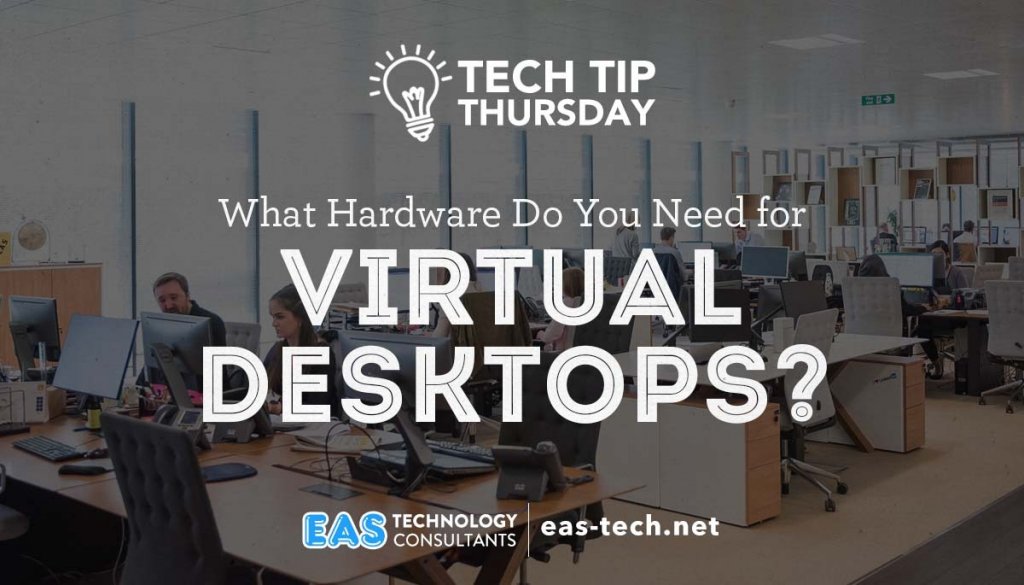
When it comes to virtual desktops, there are two main types of hardware that you need to consider: the client and the server. The client is the device that you use to access your virtual desktop, while the server is the machine that stores and runs your applications and desktops. In this blog post, we will focus on the client-side of things and discuss what hardware you need for virtual desktops.
First, what is a thin client? A thin client is a lightweight computer that is designed to connect to a server and run applications that are stored on the server. Thin clients generally have very little local storage and processing power, which helps keep costs down.
Now that we know what thin clients are, let’s talk about what hardware you need for them. When it comes to thin client hardware, there are three main factors to consider: operating system, display, and connectivity.
The first factor is the operating system. Thin clients can run a variety of different operating systems, including Windows, Linux, and MacOS. However, not all operating systems are created equal. Some operating systems are more lightweight and efficient than others, so you will want to evaluate the types of tasks you’ll be performing and tailor your OS choice accordingly.
The second factor to consider is the display. Thin clients generally have two types of displays: local and remote. Local displays are the screens that are built into the thin client itself, while remote displays are located elsewhere, such as on a monitor or TV. You will want to consider how you plan on using your thin client when choosing a display type. If you need to access your virtual desktop from multiple locations, then a remote display would be a better option.
The last factor to consider is connectivity. Thin clients need to be able to connect to the server in order to function, so you will want to make sure that your thin client has the right type of connectivity for your needs. Thin clients can connect to servers via a variety of methods, including Ethernet, Wi-Fi, and even cellular data.
We should also consider some additional factors when it comes to thin clients.
Because a thin client requires a server to function, you’ll need to ensure your environment is appropriately designed to accommodate virtual PCs.
Lower costs are also a big factor. You’ll likely spend more on your server infrastructure but far less on your end-user devices, allowing you to save money over time.
Security is also a factor when working with thin clients. Since all of your data and applications are stored on the server, you’ll need to make sure that your server is properly secured.
So there you have it! These are the three main factors to consider when choosing hardware for your virtual desktop solution.
Not sure if virtual desktops are right for your organization? No problem. We’re here to help. Use the form below to contact us and we’ll get right back to you and start the conversation!
